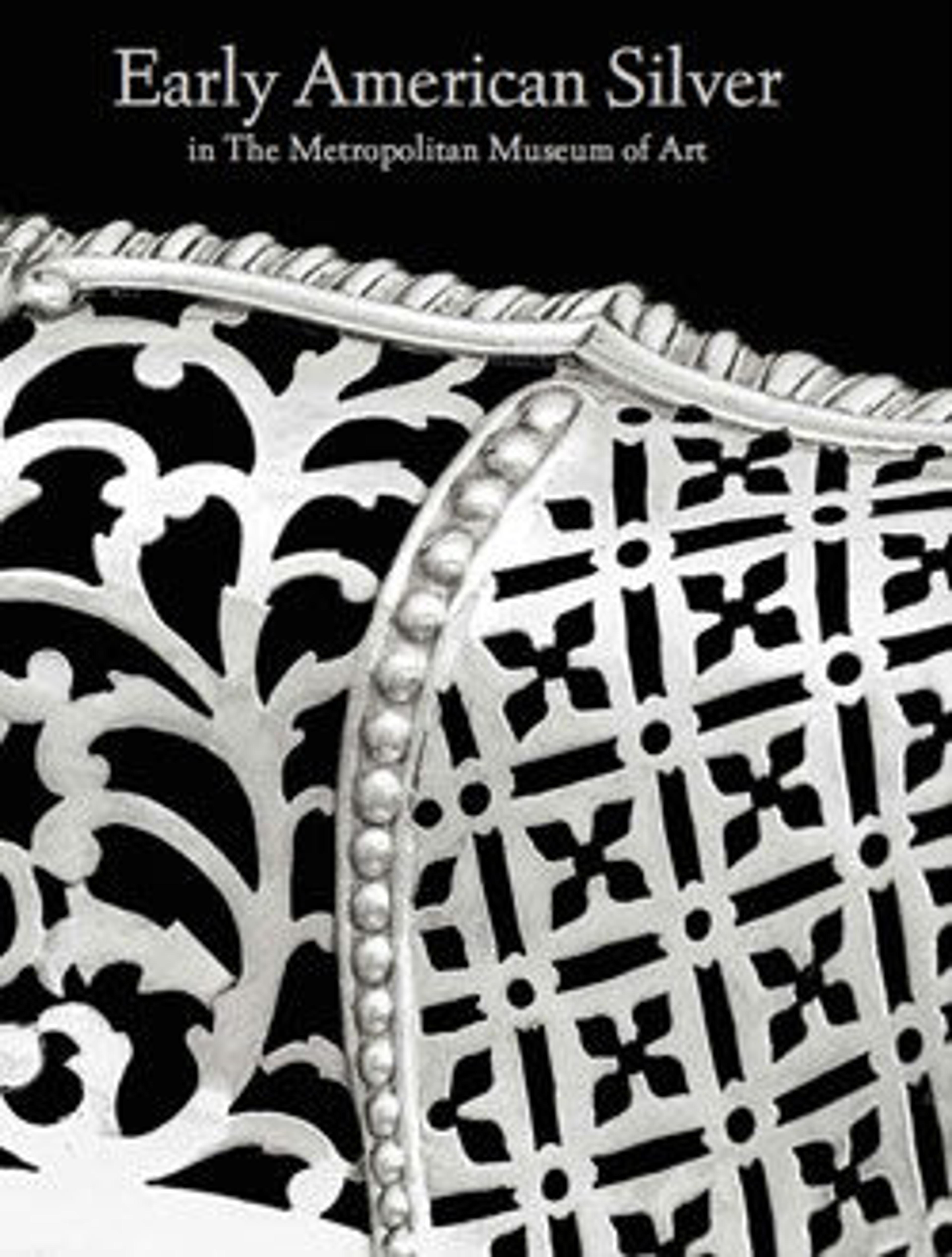Trencher Salt
By about 1700, as mores changed and salt became more easily obtainable, small individual saltcellars set one to each trencher, or plate, supplanted the large standing salt of medieval origin. These trencher salts are among the earliest American examples known. They are exceptional not only for their exquisite design and workmanship but also because they have survived as a pair. Their form is a simple and beautifully proportioned composition, which balances the concave hemisphere of the well with the convex curve of the sides. Embracing the front of each salt is a cartouche containing the de Peyster family coat of arms and crest and engraved with characteristically luxuriant, New York early-Baroque acanthus foliage. The maker, Bartholomew Le Roux I, left Holland (where he probably trained) for London in 1685 and not long thereafter moved to New York. He was the first of three generations of New York silversmiths; a coffeepot (right; 1997.498.1) and salver also acquired this year by the Museum were fashioned by his son Charles. On loan form the de Peyster family since 1911, the salts have now, happily, entered the permanent collection.
Artwork Details
- Title: Trencher Salt
- Maker: Bartholomew Le Roux (ca. 1665–1713)
- Date: 1690–1710
- Geography: Made in New York, New York
- Culture: American
- Medium: Silver
- Dimensions: 1 5/16 x 2 3/4 in. (3.3 x 7 cm); 2 oz. 10 dwt. (77.2 g)
- Credit Line: Gift of Suzanne dePeyster and Valerie dePeyster, 1997
- Object Number: 1997.488.5
- Curatorial Department: The American Wing
More Artwork
Research Resources
The Met provides unparalleled resources for research and welcomes an international community of students and scholars. The Met's Open Access API is where creators and researchers can connect to the The Met collection. Open Access data and public domain images are available for unrestricted commercial and noncommercial use without permission or fee.
To request images under copyright and other restrictions, please use this Image Request form.
Feedback
We continue to research and examine historical and cultural context for objects in The Met collection. If you have comments or questions about this object record, please complete and submit this form. The Museum looks forward to receiving your comments.
